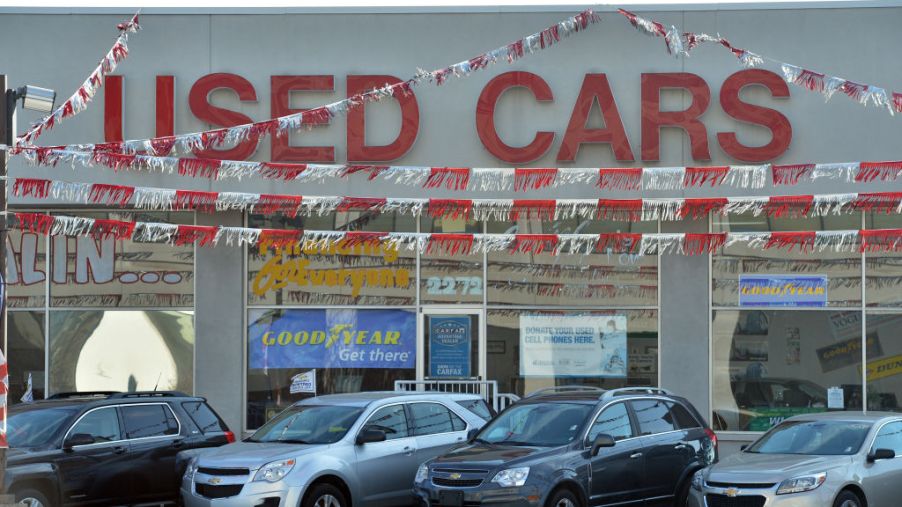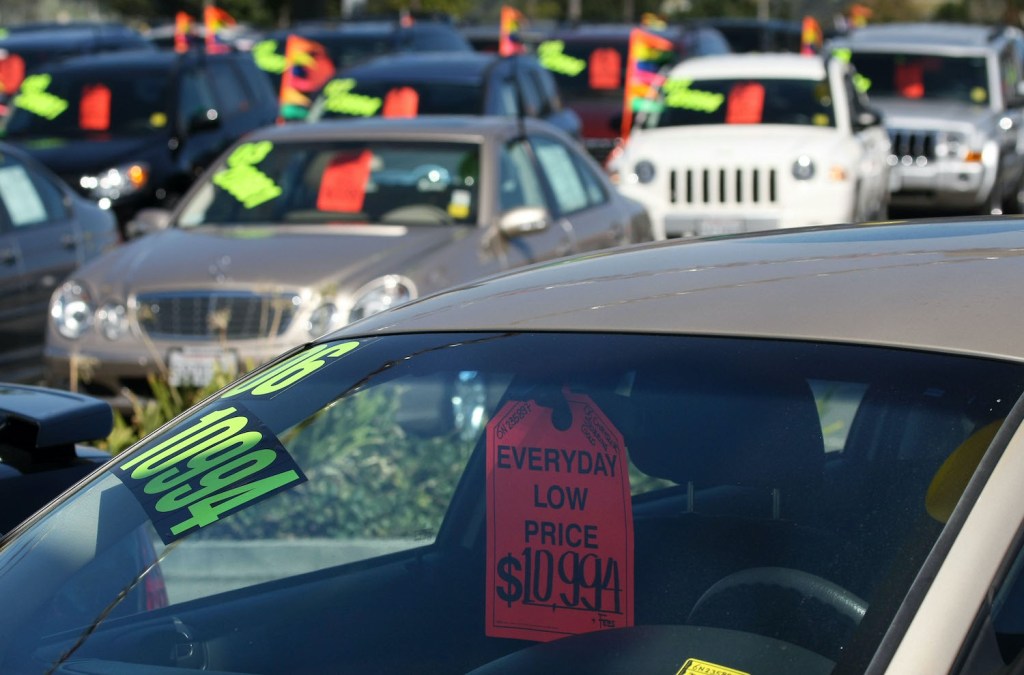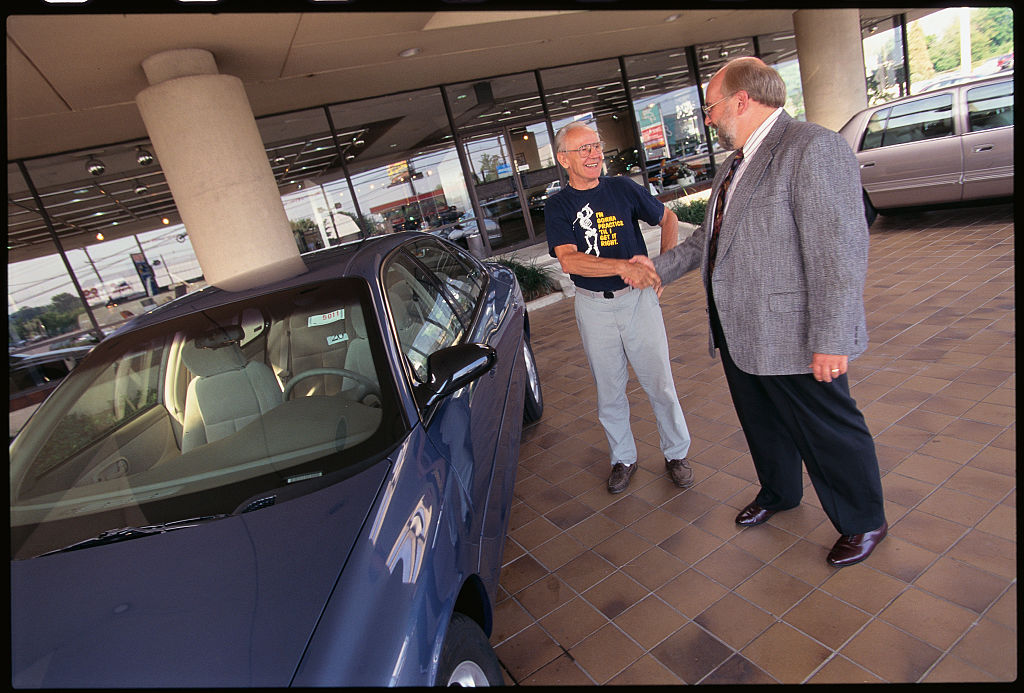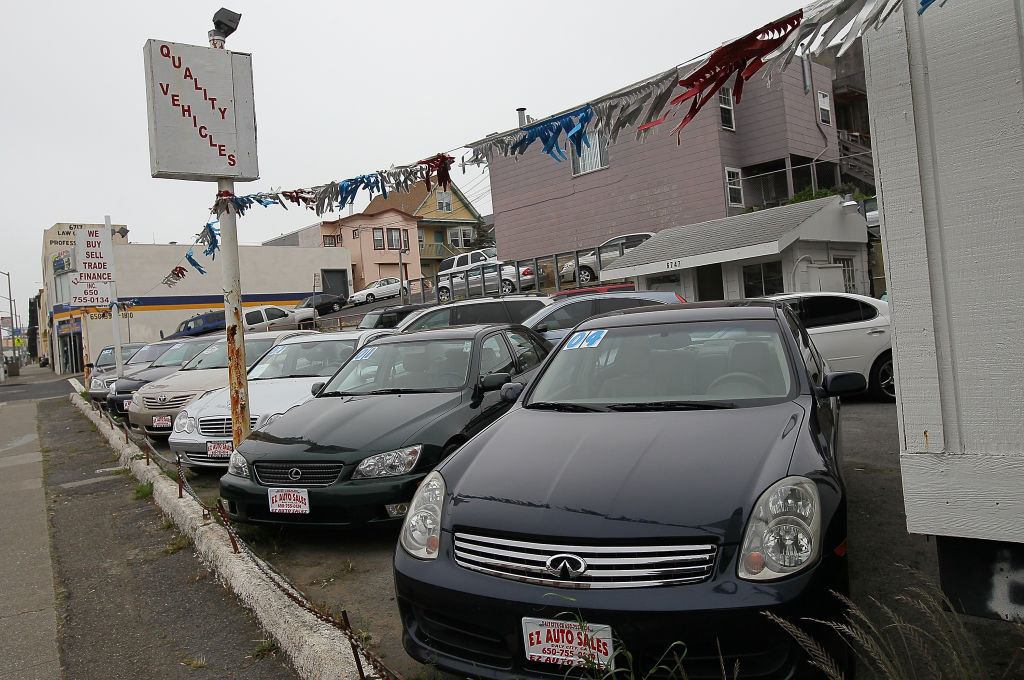
How Does a ‘Buy Here, Pay Here’ Dealership Work?
Do you have a poor credit rating and history, but are in dire need of a car? Don’t worry, there are a lot of Americans currently in the same boat, however, all is not lost. If you happen to have a poor credit rating and aren’t able to get a traditional loan from a bank, then you can go to a “buy here, pay here” dealership and buy a car without using your credit. But how does it really work?
In-house financing
You may have seen at least a few “buy here, pay here” dealerships while driving around your town. They’re typically smaller, privately-owned dealers with small corners lots that are filled with a variety of used cars marked up with advertising stickers that say “affordable” or “only $2,000 down!” That’s actually a call to action if you know that you can’t afford a pricier car.
We say this because these types of dealerships offer what’s called “in-house financing,” which means that you make your monthly payments to the actual dealership you bought the car from every month. Hence the name “buy here, pay here.”

Advantages of these types of dealerships
The advantage of buying a car from one of these dealerships is that they don’t check your credit, which means that virtually anyone can finance a car through them. They also typically have a wide variety of cars and SUVs that come with a wide variety of prices and payment options in order to cater to your budget. Otherwise, they’re not too unlike any other used car dealership.

Disadvantages of these types of dealerships
While it might sound like a great idea to buy from a dealership with in-house financing since you don’t have to have good credit, just remember that it comes with a catch.
The main catch to this type of under-the-radar financing is that the dealer can charge an astronomical finance rate, typically in the 20-to-30 percent range for the APR, as opposed to a regular bank, which would usually charge you around 2.9 to 15 percent depending on your credit.
To show you what that means here’s a breakdown of the example used in the Youtube video above:
Car purchased: Toyota Prius
Sale Price Total: $10,959.75
Down Payment: $2,499
Amount financed: $8,460.75
Financing at 35%: $4,144.17
Grand total: $12,604.92
To explain these numbers, the example uses a Toyota Prius that you buy at this private dealer for a total of $10,959 with all of the taxes and fees included. If you make a down payment of $2,499, it would bring the amount financed to $8,460, which sounds pretty good. But the main catch is that the dealer is charging a whopping 35 percent on interest, which tacks on an extra $4,144.17 in just interest payments alone to the bottom line!
That brings the grand total financed amount to $12,604.92, which is to be paid via $200 payments every two weeks ($400/month) for a total of 63 payments. According to the Youtube video, that would take around two years and seven months to pay off completely.
What if you used a regular loan?
However, if you financed the original amount of $8,460 with a traditional bank loan in the 5.9% APR range, assuming you have decent credit, it would only cost you $257 per month for 36 months. Sure the term is a little longer, but you would be paying a lot less on interest and your monthly payment would be much lower.

Keep your credit score up!
While it’s not completely necessary to have the most pristine credit situation when buying a car, it’s still important to keep your credit rating up if you can. Even a score in the 600 range could be good enough to buy a car with a decent interest rate, however, when you get in the 400 and 500 range, then a “buy here, pay here” dealer could be your only option.
That’s not the worst thing in the world considering you’ll be able to get into a car, but just note that you might be paying nearly double the price for it in the long run.



